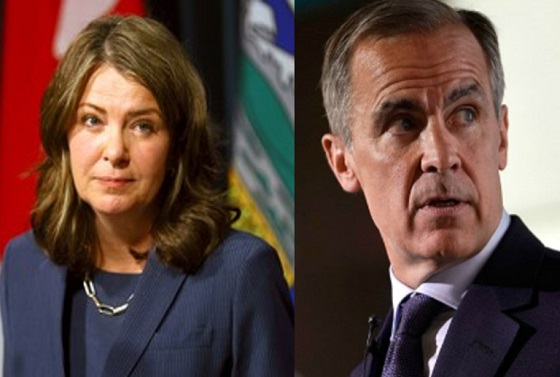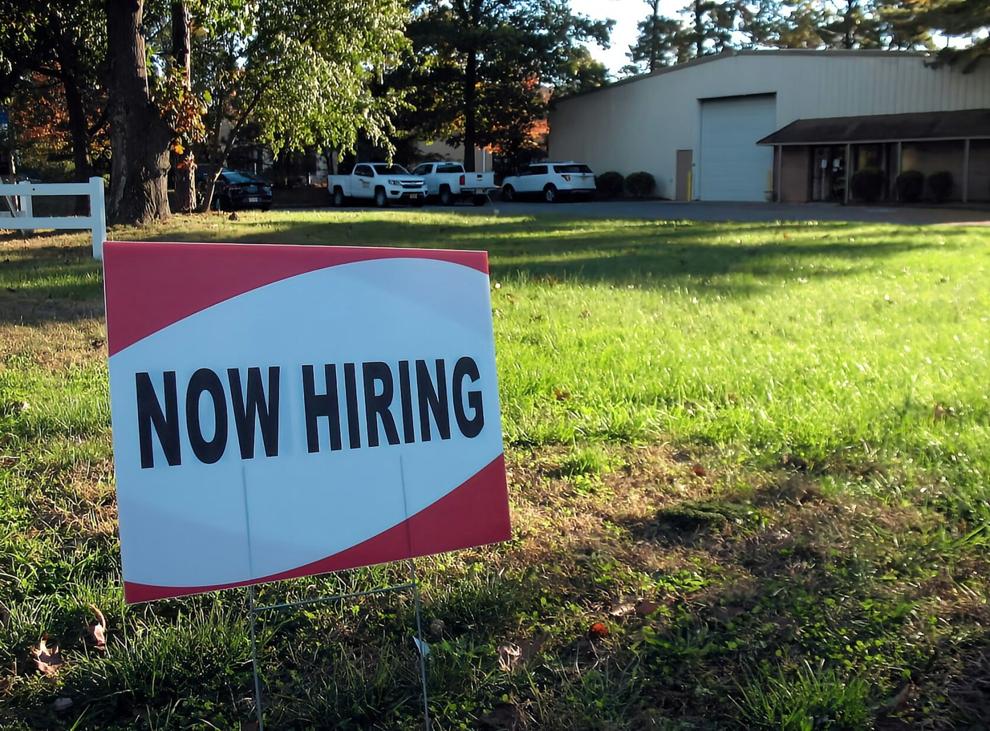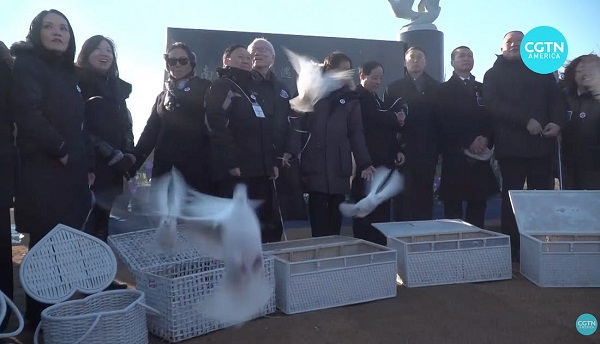Opinion
Can anyone blame the province for ignoring the plight of the students in overcrowded schools north of the river?
The chairman of the Red Deer Catholic School Board is hoping that there will be funding for expansion at St Patrick’s School in the Alberta budget. St. Patrick’s School is currently running at 130% capacity with a kindergarten class being taught in a hallway. St. Patrick is located north of the river, if anyone was wondering. They haven’t built a school north of the river in over 30 years.
Johnstone Park is north of the river, and originally there was a 8.64 acre site set aside for a public elementary school, but it was converted to a park and the school was built in the south-east sector instead. 30 years ago nearly 40% of the population lived north of the river, yet there was never a high school built, and the city decided to build in the south east. All schools and swimming pools, indoor ice rinks etc. were to be built south of the river.
Now only about 30% of the population lives north of the river, and 2016 saw an actual population decline when 777 residents left the area north of the river. What did the city and school boards expect.
They are opening up thousands of acres north of 11a and planning for 25,000 residents but still no plans for a high school, swimming pools or indoor ice rinks and possibly plans for 2 elementary schools. Compare this with the land around 67 Street and 30 Avenue intersection. 3 high schools, 1 junior high and 5 elementary schools.
I asked the Minister of Education for the reason that there is no plans for a high school north of the river, when there is a population of 30,000 residents and with the land north of Hwy 11a pushing the population north of the river to possibly 55,000 residents. He wrote and a staff member phoned and reiterated that it was the school boards who made the decision to not build north of the river and to concentrate 5 high schools along 30 ave.
During the public open house on the opening of land north of 11a, at city hall, I mentioned this both verbally and in writing, and was told that there are no plans for a high school, recreation centre, swimming pool or indoor ice rink north of 11a.
Councillor Lee asked the city planner if the school boards ever asked the city if they could build a high school north of 11a, and the planner said no. Councillor Lee should know, because if I am not mistaken weren’t the locations of the high schools determined when he was the chairman of the public school board?
From talking to some of people involved including the mayor at the time, I felt that it was a city led determination to not build the high schools north of the river but a compromise decision to build north east of the 67St. 30 Ave. intersection.
If the school boards decided to not build in Johnstone Park, but instead build a school in Inglewood, if the school boards and the city decided not to build a high school north of the river and instead have all 6 high schools south of the river, should they not be surprised if the province thinks that the students north of the river are not a priority?
Perhaps if the site that was originally designated for a public elementary school had been transferred over to the catholic school board, then perhaps the overcrowding at St. Pat’s would not have happened.
The province told me that it is up to the local school boards to plan properly, and it is up to people like us who actually live here to do something.
So Councillor Lee let us start with you. You were on the school board for 2 terms, you were the chairman part of that time, you then became a city councillor and you have orated your desire to be mayor. Why has there never been a high school north of the river? Why has there not been a school built north of the river since 1985? Why are we planning on 5 high schools along the 30 Ave. corridor? Please explain to the voters. Please explain to the students, past present and future, who must, have or will commute across the city twice a day to go to high school. Thank you.
Censorship Industrial Complex
US Under Secretary of State Slams UK and EU Over Online Speech Regulation, Announces Release of Files on Past Censorship Efforts

Sarah Rogers’ comments draw a new line in the sand between America’s First Amendment and Europe’s tightening grip on online speech.
|
|
Business
“Magnitude cannot be overstated”: Minnesota aid scam may reach $9 billion

Federal prosecutors say Minnesota’s exploding social-services fraud scandal may now rival nearly the entire economy of Somalia, with as much as $9 billion allegedly stolen from taxpayer-funded programs in what authorities describe as industrial-scale abuse that unfolded largely under the watch of Democrat Gov. Tim Walz. The staggering new estimate is almost nine times higher than the roughly $1 billion figure previously suspected and amounts to about half of the $18 billion in federal funds routed through Minnesota-run social-services programs since 2018, according to prosecutors. “The magnitude cannot be overstated,” First Assistant U.S. Attorney Joe Thompson said Thursday, stressing that investigators are still uncovering massive schemes. “This is not a handful of bad actors. It’s staggering, industrial-scale fraud. Every day we look under a rock and find another $50 million fraud operation.”
Authorities say the alleged theft went far beyond routine overbilling. Dozens of defendants — the vast majority tied to Minnesota’s Somali community — are accused of creating sham businesses and nonprofits that claimed to provide housing assistance, food aid, or health-care services that never existed, then billing state programs backed by federal dollars. Thompson said the opportunity became so lucrative it attracted what he called “fraud tourism,” with out-of-state operators traveling to Minnesota to cash in. Charges announced Thursday against six more people bring the total number of defendants to 92.
BREAKING: First Assistant U.S. Attorney Joe Thompson revealed that 14 state Medicaid programs have cost Minnesota $18 billion since 2018, including more than $3.5 billion in 2024 alone.
Thompson stated, "Now, I'm sure everyone is wondering how much of this $18 billion was… pic.twitter.com/hCNDBuCTYH
— FOX 9 (@FOX9) December 18, 2025
Among the newly charged are Anthony Waddell Jefferson, 37, and Lester Brown, 53, who prosecutors say traveled from Philadelphia to Minnesota after spotting what they believed was easy money in the state’s housing assistance system. The pair allegedly embedded themselves in shelters and affordable-housing networks to pose as legitimate providers, then recruited relatives and associates to fabricate client notes. Prosecutors say they submitted about $3.5 million in false claims to the state’s Housing Stability Services Program for roughly 230 supposed clients.
Other cases show how deeply the alleged fraud penetrated Minnesota’s health-care programs. Abdinajib Hassan Yussuf, 27, is accused of setting up a bogus autism therapy nonprofit that paid parents to enroll children regardless of diagnosis, then billed the state for services never delivered, netting roughly $6 million. Another defendant, Asha Farhan Hassan, 28, allegedly participated in a separate autism scheme that generated $14 million in fraudulent reimbursements, while also pocketing nearly $500,000 through the notorious Feeding Our Future food-aid scandal. “Roughly two dozen Feeding Our Future defendants were getting money from autism clinics,” Thompson said. “That’s how we learned about the autism fraud.”
The broader scandal began to unravel in 2022 when Feeding Our Future collapsed under federal investigation, but prosecutors say only in recent months has the true scope of the alleged theft come into focus. Investigators allege large sums were wired overseas or spent on luxury vehicles and other high-end purchases. The revelations have fueled political fallout in Minnesota and prompted renewed federal scrutiny of immigration-linked fraud as well as criticism of state oversight failures. Walz, who is seeking re-election in 2026 after serving as Kamala Harris’ running mate in 2024, defended his administration Thursday, saying, “We will not tolerate fraud, and we will continue to work with federal partners to ensure fraud is stopped and fraudsters are caught.” Prosecutors, however, made clear the investigation is far from finished — and warned the final tally could climb even higher.
-

 International19 hours ago
International19 hours agoOttawa is still dodging the China interference threat
-

 Business17 hours ago
Business17 hours agoThere’s No Bias at CBC News, You Say? Well, OK…
-

 Automotive16 hours ago
Automotive16 hours agoCanada’s EV gamble is starting to backfire
-

 International18 hours ago
International18 hours ago2025: The Year The Narrative Changed
-

 Fraser Institute2 days ago
Fraser Institute2 days agoCarney government sowing seeds for corruption in Ottawa
-

 Alberta2 days ago
Alberta2 days agoAlberta Next Panel calls for less Ottawa—and it could pay off
-

 Daily Caller2 days ago
Daily Caller2 days agoWhile Western Nations Cling to Energy Transition, Pragmatic Nations Produce Energy and Wealth
-

 Business1 day ago
Business1 day agoResidents in economically free states reap the rewards







